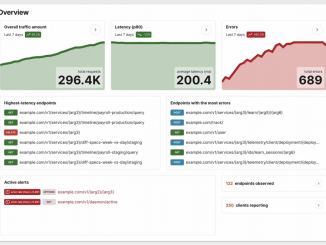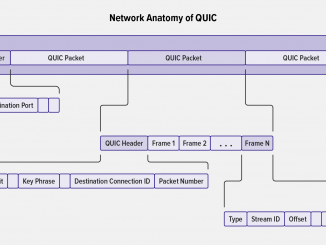
Find and Fix API Endpoint Issues with Akita’s NGINX Plus Certified Module
Find and Fix API Endpoint Issues with Akita’s NGINX Plus Certified Module If you’re responsible for a production service with any number of users, you likely understand the pain of customers finding issues before you do. At Akita, we want to solve this problem – which is why we built our new NGINX Plus Certified Module. In this blog, we’ll cover key aspects of the module, including the reason to zoom out from logs, ways to quickly find and fix issues across your system, and how the new Akita modulemakes this functionality easily available to NGINX users. Zooming Out From Logs to API Endpoints Today, countless developers find themselves in an unfortunate situation where their customers have effectively become their monitoring system. It’s not that software teams aren’t logging errors. For instance, if you use NGINX as your reverse proxy, [ more… ]




